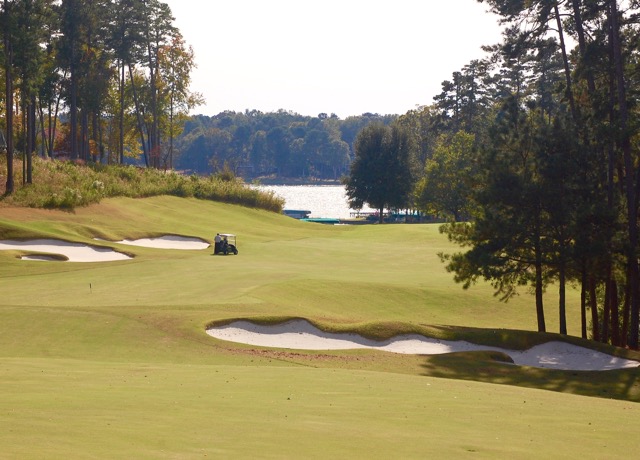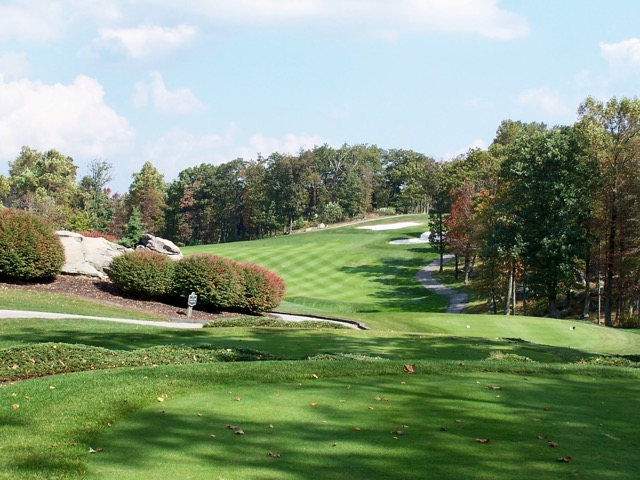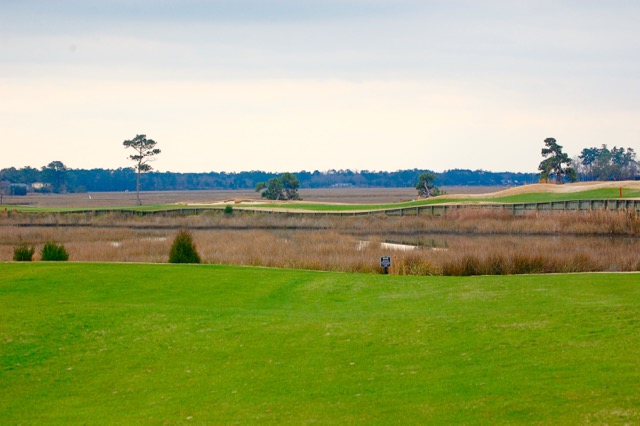I subscribe to Google Alerts for mentions of golf communities and related terms, and so I am treated to a daily stream of stories from media around the world. A fair percentage of the topics have to do with failing golf courses, and it is sad to contemplate what that means for those who own properties in those communities.
There are a few different types of owners of golf community clubs. The most secure, generally, are the property owners themselves. If a golf course owned by residents fails, they have only themselves to blame. (I have visited a few communities in which there is friction between residents who are club members and residents who believe the club members get special privileges. My advice to those non-golf member residents who might feel that way is to tread lightly; the values of your homes are tied closely to the health of the country club.)
A developer of a golf community typically owns the golf course and associated amenities but offers it for sale eventually to residents when the community is substantially sold out of properties. In some cases, the original covenants indicate that the club must be offered to residents at a certain time and, sometimes, at a pre-stipulated price. In other cases, the developer will simply begin negotiations with the residents and if they break down, will look to sell it to an outside firm. In a few cases, the developer will keep the course and either manage it himself or herself or hire a management firm to run it.
These latter situations are the ones that, most of the time, can devolve into chaos through mismanagement. Given all the horror stories I have read about golf courses going under, my advice to anyone who lives in a golf community in which the signs point to mismanagement, try to rally your fellow members together as soon as possible in the process and see if there is a way to take over the club from the owner. This could involve a pooling of resources to buy out the owner, or a visit to a local bank to see if a purchase loan to the community is possible.
I know; your first instinct is to recoil in horror at the thought of spending money to “own” a golf club that someone else couldn’t run. But consider that the golf course at the heart of your community is abandoned or taken over by the bank or, if permitted by local covenants, sold to a developer to turn into 150 acres of new homes. That could erode the value of your home substantially, especially if the golf course becomes an eyesore. Let us say, for the sake of argument, your home is worth $300,000 today. An adjacent white elephant golf course could cause it to lose 10%, 20% or even more of its value. Suddenly a modest investment by each of a few hundred residents doesn’t seem like the worst type of protection money.
Let us hope it never comes to this but for those currently living in a golf community, keep a close eye on the operation of your golf club and if trouble seems to be brewing, don’t wait for things to go south. And if you are looking to relocate to a golf community, don’t ignore those communities that “bundle” golf course membership with the purchase of your home. Yes, you are obligated to pay monthly dues, but since is everyone else has the same obligation, you can be confident that, barring outright embezzlement, your club will have enough ongoing revenue to survive and thrive. In other cases, find out who owns the country club and make sure they have the reserves and the experience to make it work.
If you would like to read about some communities facing problems with their golf courses, here are some links:
Bank forecloses on golf course in Arkansas
Myrtle Beach Homeowners Take Donations to Cut Grass on Course
Homeowners protest golf course land use


























